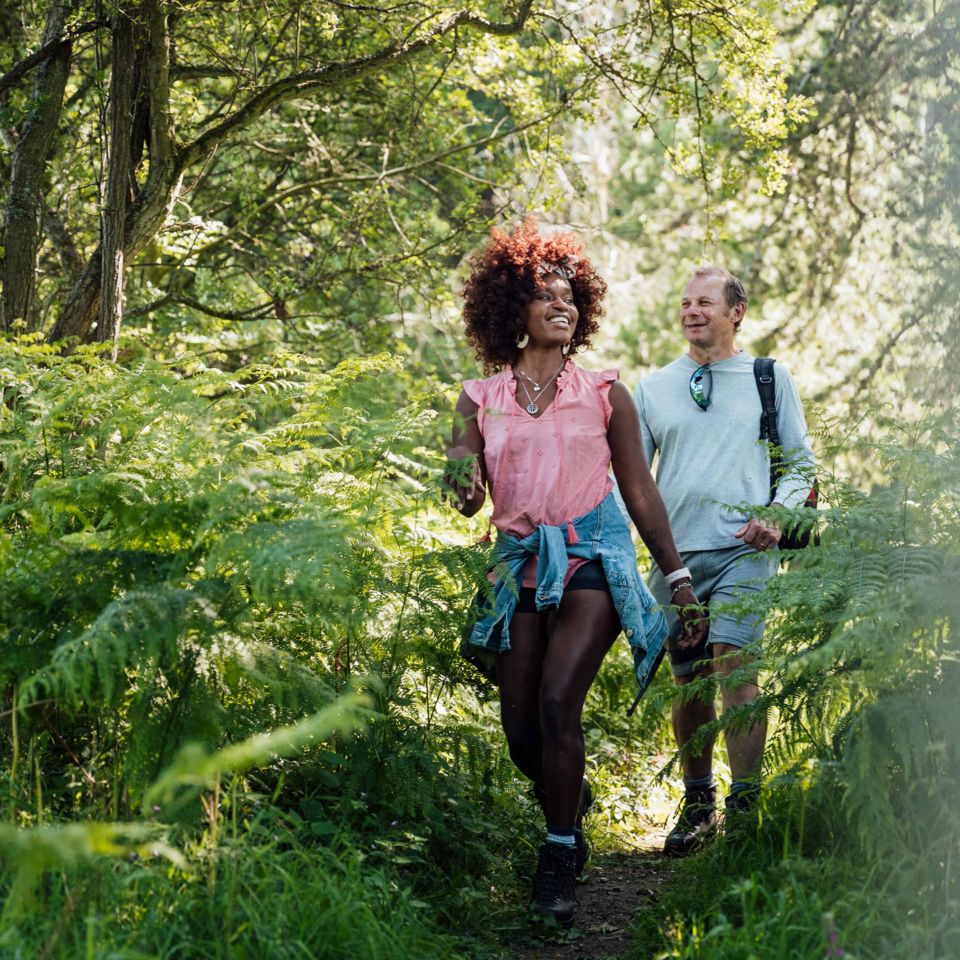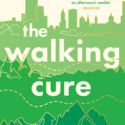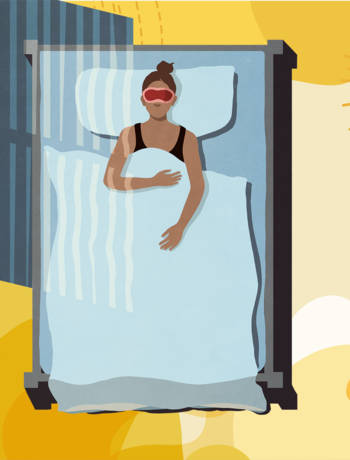Health
Step right up – how to make your daily steps count
by Helen Foster

'We’ve trained 30,000 people and I don’t think there’s one we haven’t prescribed 10,000 steps a day to,’ says Mark Bohannon from personal training company Ultimate Performance. ‘Walking this amount burns around 500 calories for the average person and increases overall health.’ Recent studies discovered that just five minutes of walking uphill per day can lower blood pressure and that walkers are less likely to have lower back pain. And it’s been shown that every 500 extra steps you take a day has a measurable effect on improving health, while cranking up to 7,000 steps lowers risk of heart disease and reaching 8,000 lowers the risk of dying young. The following tweaks can power up the benefits of your stroll, whether you’re walking to work or taking a longer ramble.
1. Try rucking
Rucking is the name for walking with a backpack – and it burns about 8% more calories than walking without one. ‘There’s extra force going through the spine and shoulders when you wear one,’ says Tim Allardyce from Surrey Physio in Croydon. ‘A good rule of thumb is to build up to carrying a pack of around 10% of your body weight. So, if you weigh 70kg, a 7kg backpack would be about right.’
2. Change up your surface
Walking on grass, sand or pebbles creates a slightly unstable environment that challenges muscles and improves balance. ‘Walking requires you to shift your centre of mass with each step, which helps train the body to adapt and maintain stability,’ says Dr Clare Roscoe, associate professor in physical activity and health at the University of Derby. Try adding a balance exercise – like walking along a ‘low beam’ such as the edge of the pavement – to your usual stroll. Speak to your care team about safe balance work if you have osteoporosis or a balance disorder.
3. Add a post-meal stroll
Italians have been doing this for decades to help with digestion, but it does more than make your dinner go down. Taking a stroll after meals may also lower your risk of type 2 diabetes. ‘Walking reduces the sugar spikes that people normally experience after eating,’ explains Clare. ‘While walking, the muscles increase their uptake of glucose, reducing the amount of sugar circulating in the bloodstream. Try walking for as little as two to five minutes right after a meal, or do at least 10 minutes within 90 minutes of finishing.’
4. Take a (soft) hike
Soft hiking just means heading out into nature and moving at your own pace. ‘It’s important to have goals and targets with exercise, but it’s also important to do walks, or any kind of workout, just for fun – and that’s what soft hiking is,’ says Andy Carr, head of fitness at Snap Fitness. ‘You’re out, enjoying nature, making the most of amazing scenery. The mental benefits can be significant, as exercise in nature has been linked to a decrease in feelings of anger, tension and depression.’

5. Grab some poles
Walking with poles isn’t just for hardcore trekkers. It engages the upper body more than normal on your walk and, according to a study in Canada, it improves fitness even more effectively than high-intensity training. It also takes pressure off the knees. The important thing is to ensure the poles you use are the right height. The team at Mountain Warehouse says the top of the handle should be at waist/hip level when your elbow is bent at 90 degrees.
6. Go the distance
LISS workouts are a big fitness trend right now. ‘LISS stands for Low Intensity, Steady State,’ explains Andy. ‘When doing a LISS workout you’re exercising at around 50-65% of your maximum heart rate for 30-60 minutes. That means walking at a pace a bit faster than a stroll, but you should be able to hold a conversation with someone and not feel breathless.’ It’s kinder on joints and, done regularly, can get similar fitness results as more intense workouts.
7. Move with purpose
One thing health experts suggest is missing from the 10,000 steps recommendation is a prescription for the speed we need to walk. According to research from Sydney University in Australia, walking at a brisker pace was associated with a greater reduction in risk of heart disease than walking more slowly – and the boost was even greater in older adults. One way to hit the mark is to walk with purpose. ‘Go at a pace that feels like you’re late for a meeting. It turns a simple habit into a real driver of health,’ says Mark.
8. Consider 'retro walking'
No, we don’t mean walking without your phone (which is another big walking trend), instead, this is the technical name for walking backwards. Research suggests this burns more calories than walking forwards – probably because you’re using muscles in a different way – and strengthens hamstrings and back muscles better. But, you need to adapt your steps. ‘It’s basically the opposite of how you walk forwards,’ says Tim. ‘You want to place your toes down first, and then roll on to your heel and take smaller steps.’ He also says retro walking is best done on flat ground, with no trip hazards. ‘A treadmill is a good place to start, as you can control a constant speed and there are hand supports in case you need them.’

Where to walk
Putting one foot in front of the other couldn’t be simpler for many of us, but the impact it has on our health and wellbeing is dramatic, says author Annabel Streets. Her latest book, The Walking Cure (Bloomsbury Tonic, £14.99), explores how these benefits are further enhanced by the particular routes we choose to walk. Blending personal anecdotes with data gleaned from talking to psychologists and neuroscientists, Annabel moves through 20 different landscapes – rural and urban – to unpick the way we respond to each of them and then outlines the science-backed health benefits we can expect from each one.












